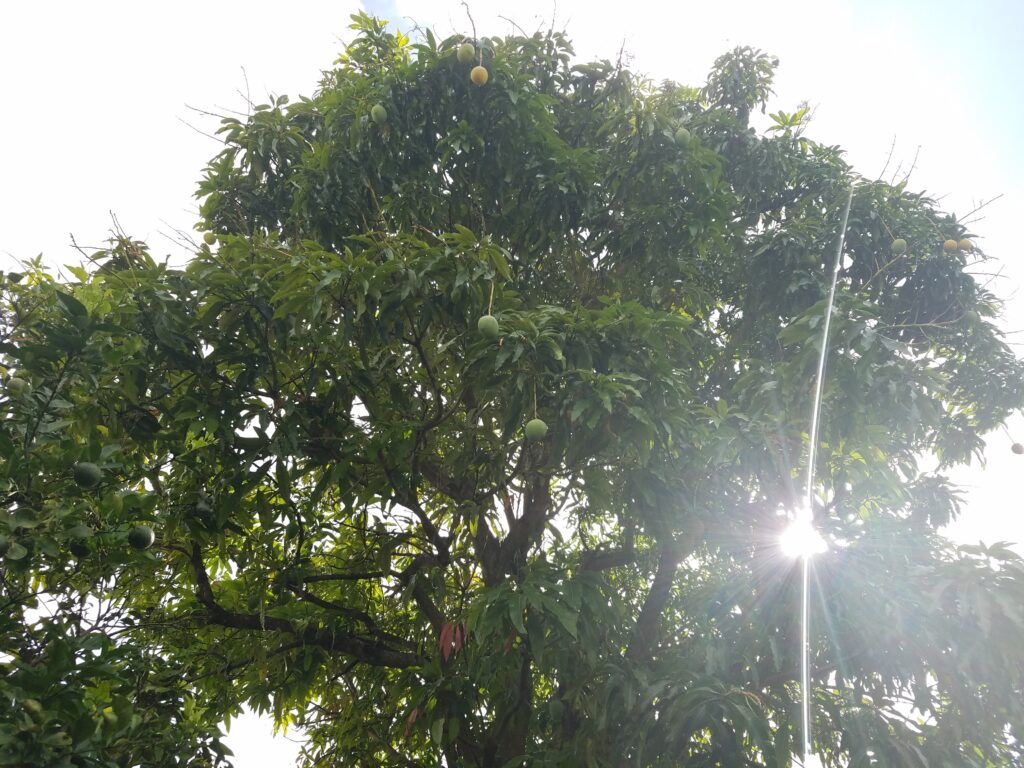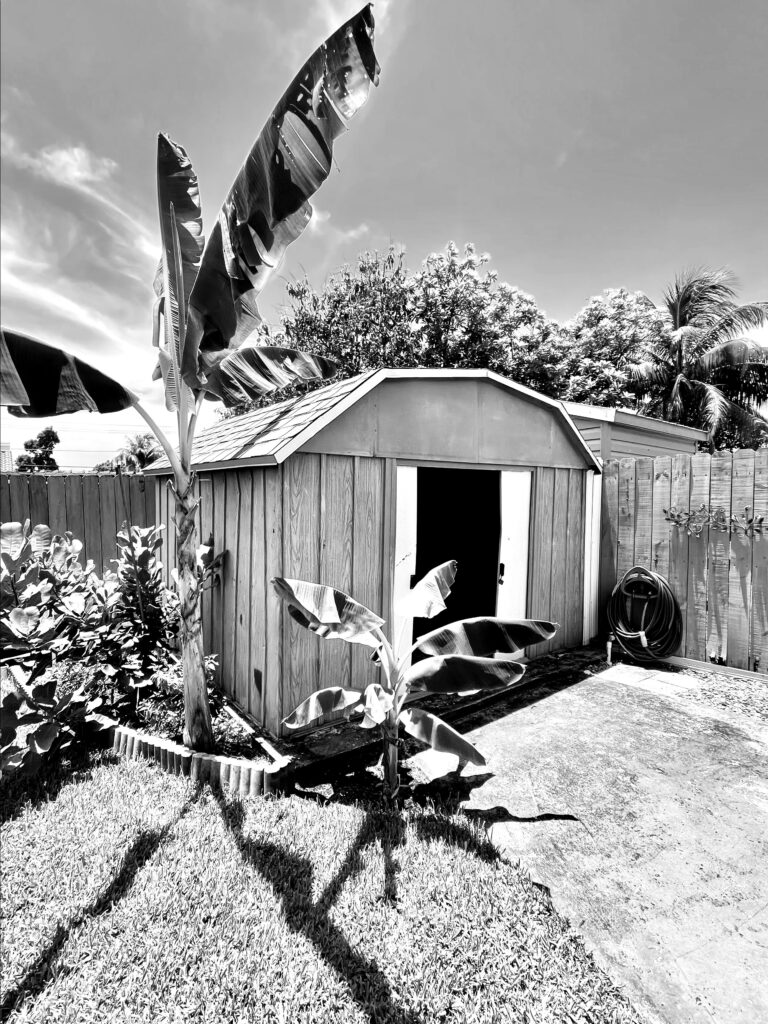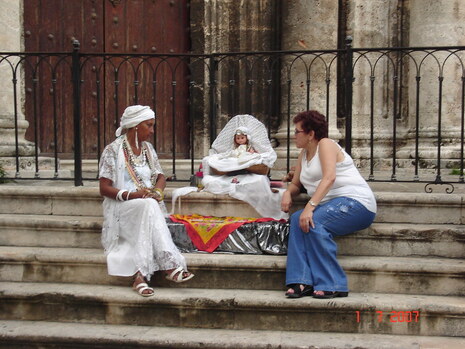Santeria, or Lucumi, as discussed in this episode is really what inspired me to do this podcast. You can read more about that over on the blog. Lucumi is a decentralized Afro-Cuban religion, born of a mixture of traditional Yoruba practices and Catholicism. It has a few central tenants: worship of the orishas, reverence of ancestors, and a concept called ashe.
The orisha are the spirits or gods of the Lucumi religion. They control different aspects of life or nature, and can be helpful or harmful. To appease the orisha or offer thanks, offerings are made which usually include food and drink, but may also include changes in behavior, money, or the blood of animals. Ancestors, called egun, are also revered and prayed to in Lucumi, and many practitioner have ancestor alters in their home, which are kept full with offerings, usually food or candles. Ashe is the life force that moves through all things. In Lucumi beliefs, ashe may be transferred (or stolen!) between living things. Santeros guard their ashe closely to keep it safe from those with ill intent.
Lucumi spread with the Cuban Diaspora following the communist revolution in the 1950s and 1960s. Currently, there are an estimated 75-100 million Lucumi practitioners all around the world, many of them in the Caribbean and United States.
I hope you’ll join me again on September 17th for part two, where I’ll go over initiation, rituals, and sacrifices and their role in Lucumi. Until then, don’t forget to grab your cafecito y ponte tu azabache, porque nos vamos!






Sources:
https://en.wikipedia.org/wiki/Slavery_in_Cuba
https://en.wikipedia.org/wiki/Santer%C3%ADa
http://www.aboutsanteria.com/orisha-overview.html
Loue S. (2014) Santería. In: Leeming D.A. (eds) Encyclopedia of Psychology and Religion. Springer, Boston, MA. https://doi.org/10.1007/978-1-4614-6086-2_832
http://www.orishanet.org/?page_id=85
https://en.wikipedia.org/wiki/Olorun
http://www.aboutsanteria.com/religion-and-god.html
“Santeria” by KARL-SEBASTIAN SCHULTE is licensed under CC BY 2.0
“Muñeca de santera” by JavierPsilocybin is licensed under CC BY 2.0
“File:Ellegua.jpg” by Happycheetha32 is licensed under CC BY-SA 4.0
“DSC09520” by Daniel Retana is licensed under CC BY-SA 2.0
“cepo: memorias de la esclavitud – matanzas, cuba” by Claudia Regina CC is licensed under CC BY-SA 2.0
